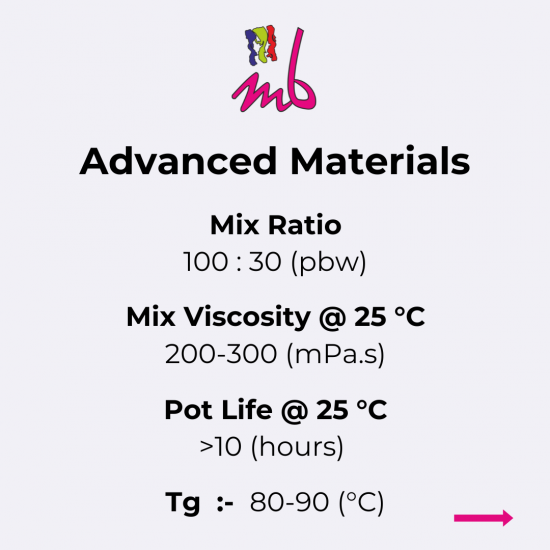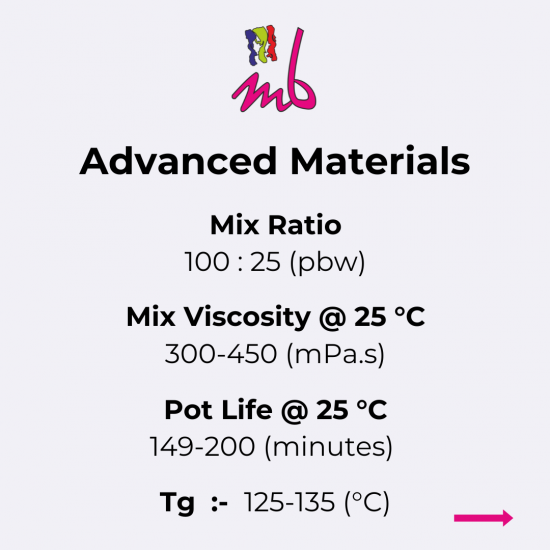Resin infusion
Resin infusion is a process used in composite processing to Impregnate dry reinforcement materials, such as fibres or fabrics, with resins in their liquid state. Such a procedure includes first placing dry reinforcement material in a mould and thereafter adding resin under vacuum pressure, allowing it to permeate the reinforcement thoroughly and evenly spread out, enhancing the properties of the composite such that it has the same strength even at varying points.
There are many more benefits of using resin infusion, including the ability to produce complex structures, minimize waste, and produce lightweight yet strong structures. This technique is also known as vacuum infusion, where the air inside the part is removed, and then an infusion epoxy is sucked into the part, maintaining the suction pressure. Such a method is beneficial, especially in the manufacturing of one-off items or in cases when the annual production is less than 100 units of the same articles. Compared to hand layup methods, resin infusion reduces the carbon footprint of the final product as less resin is used without compromising the strength of the end product.
Key Applications of Resin Infusion
Resin infusion is well known for its versatility and performance, which is why it is commonly used in aerospace, automotive, marine and wind energy industries. Below is a summary of how resin infusion supports each of these industries:
1. Aerospace:
In the aerospace industry, resin infusion technology is used to manufacture primary and secondary structural components such as engine fan blades, composite wing boxes or components of a spoiler. In doing so, manufacturers of aircraft components make use of processes capable of producing highly efficient and lightweight aerostructures. Finally, curing parts in the same step where they are installed is integrated, which means no additional fasteners or adhesives are needed, making components even lighter and improving performance.
2. Automotive:
The automotive sector is a big proponent of resin infusion regarding being lightweight and fuel-efficient, contributed by lightweight yet high-strength parts. Resin infusion is often employed in body panels, chassis components, and cabin features. This process applies to supercars as weight reduction is an important design and energy efficiency factor.
3. Marine:
In the marine sector, resin infusion is applied to hulls, decks and other structural parts of boats. The process produces strong and light structures due to its lightweight properties and high resistance to water and other extreme conditions, thus increasing the working life and safety of any marine vessel.
4. Wind Energy:
Wind turbine blades must be lightweight but strong to perform their function correctly. With resin infusion, it is possible to manufacture long-lasting blades subjected to extreme environments while still helping reduce the weight of the entire turbine system.
Benefits of Resin Infusion
There are several advantages of the resin infusion process that make it entrenching in advanced manufacturing:
Highly Consolidated Stable Preform:
The process allows the attainment of a stable and ready-to-cure highly consolidated preform, which assures the performance and reliability of the end product.
Structural Integration:
Components produced by resin infusion are structurally integrated without requiring additional fasteners or adhesives. This feature reduces the complexity of both design and manufacturing processes.
Structure Performance:
The products produced by resin infusion are lightweight and robust simultaneously; thus, they can perform exceedingly well in hard-core industries such as aerospace and automotive.
Lower Recurring Manufacturing Costs:
Resin infusion helps lower the recurring costs owing to less energy, labour and capital spent, making it an efficient manufacturing solution.
Manufacturing Flexibility:
This process is applicable for autoclave curing and out–of–autoclave curing and provides variation in production processes. Therefore, this flexibility is essential to manufacturers who aim to cut costs while increasing production efficiency.
Why Choose Resin Infusion?
When it comes to composite manufacturing, resin infusion is unarguably the best. As one of leading epoxy resin manufacturers in India, we at MB Enterprises manufacture resin for the process of infusion epoxy of the highest quality for all applications and even for more challenging projects. Applications involve high-performance components for sectors such as aerospace, automotive, marine, etc. Looking for carbon fibre resin infusion for additional strength? We have advanced carbon fiber resin infusion systems that are light, strong, and durable, which are the critical components of today's marketplace.
When working with MB Enterprises, one will know that quality and efficiency are never compromised and that resin infusion materials will be most suited for production requirements.
-2462x2317.png)





